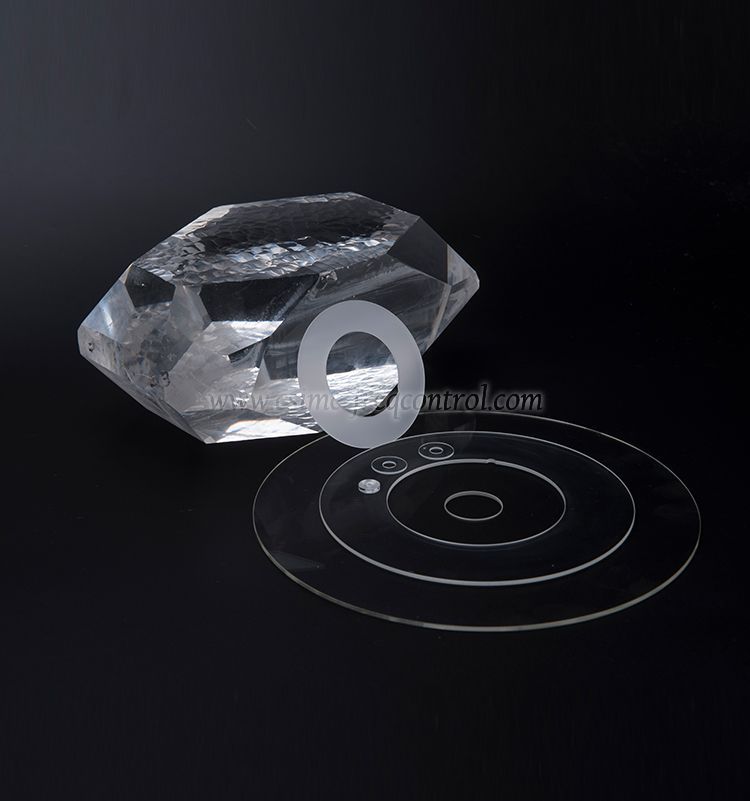In principle, they seem very like: the load cell measures mass or weight, the force transducer measures force (i.e. N, or Newtons). Surely they're almost synonymous? Just enter 100g of weight for each Newton, and you'll be able to flip a force transducer to a load cell!
Nonetheless, it's not that simple.
Difference 1:
The load cell measures mass, and only ever in 1 direction since the bulk is always greater than 0. If a container is set on a load cell, this can't suddenly lift itself up and generate a negative weight. The force transducer, on the other hand, measures negative and positive forces, tensile and compressive forces.
Difference 2:
The load cell is produced then installed someplace or other at the consumer's plant, subsequently calibrated on site. Force transducers are calibrated at the factory immediately the following products and have to continuously measure the same, even if installed and removed several times. The force transducer hence includes a more robust construction than most load cells, so as to ensure the reproducibility of the measured values under varying conditions.
Difference 3:
The load cell has to satisfy certain legal conditions, regarding legal-for-trade capacity, for instance. The force transducer fulfills different regulations -- standards, for example, VDI 2635 or even ISO 376. Unlike the load cell, the above-mentioned reproducibility, for example, it is a significant factor.
We are force transducer wholesaler, welcome to contact us!

Copyright © Hangzhou Freqcontrol
Electronic Technology Ltd.
All Rights Reserved | Sitemap |
Powered by 